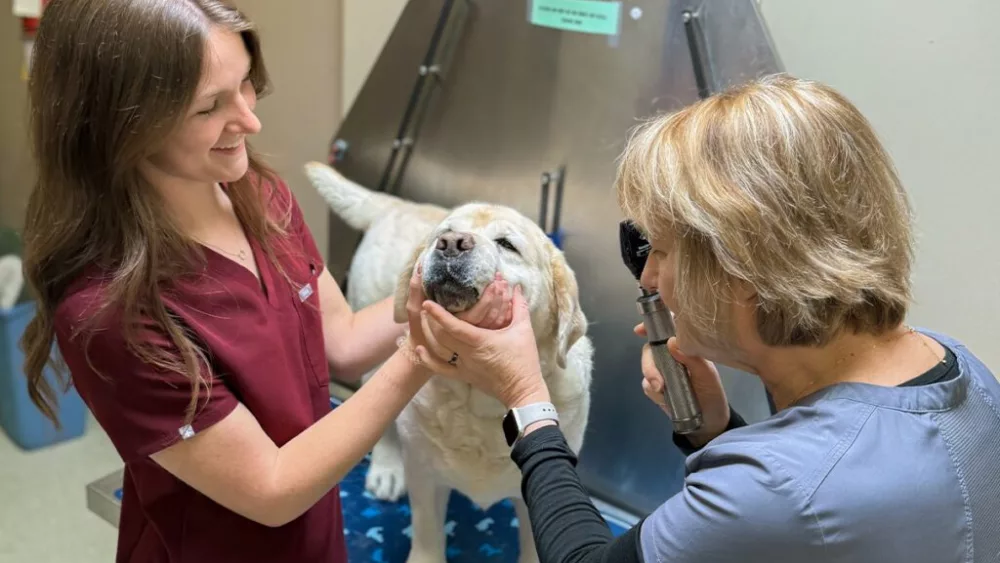PULLMAN, Wash. — A data-based method for periodically rearranging products enables retailers to optimize new store layouts based on customer familiarity with where their favorite things used to be.
The Washington State University-led research leverages past customer transactions to provide brick-and-mortar stores with a degree of the personalized shopping experience online retailers such as Netflix and Amazon use to promote impulse buying.
“What’s new here is that we designed our model so that customers walking down an aisle they normally peruse will notice products they will likely be interested in based off associations with what was there before,” said Chuck Munson, a professor in the WSU Carson College of Business and corresponding author of a study appearing in Expert Systems with Applications. “Our analysis shows that if you are a store that likes to rearrange periodically this would be a smart way to do it.”
Gihan Edirisinghe, study lead author and a former WSU PhD student now at Western Kentucky University, came up with the idea for the research on a Saturday evening trip to Walmart a few years ago. As he and his wife perused the aisles, they quickly realized something strange was afoot.
“We found ourselves walking the aisles we normally do but all our stuff had moved.” he said. “So, I started wondering if the Walmart folks had put a lot of thought into the rearrangement. When I got home, I checked the literature and it turned out there was a lot of research on one time store rearrangements but literally nothing data-driven on the best way to periodically rearrange products.”
Edirisinghe discussed his findings with Munson and the two researchers decided to tackle the knowledge gap. They developed and tested a product allocation model that uses data mining techniques to extract profitability and product affinity details from tens of thousands of real customer transactions contained in the Microsoft database ‘Foodmart.’
Their model then uses a three-step process to determine ideal product placement for stores that periodically rearrange their wares.
First, it identifies a store’s most profitable products so they can be placed in highly visible locations. Next, it determines which items tend to be purchased together so they can be placed in a way that customers will notice something interesting next to a planned purchase. Finally, the model utilizes what the researchers call past-aisle impulse to take advantage of customers’ familiarity with where products used to be to determine future store layouts.
“This last step is designed so that people looking in a familiar place for, say, potato chips will notice something new that our data tells us will interest them,” Edirisinghe said. “Every rearrangement can then be used as the basis for the next. To the best of our knowledge no previous research has considered this effect.”
Munson and Edirisinghe ran numerical simulations to compare the potential profitability of their new model to previous work on product placement. Their model significantly outperformed allocation methods that rely solely on visual rearrangement as well as other modeling techniques that use data association.
One important factor they identified that influenced potential profitability was the nature of the retailer’s target market.
“If it is more like a gas station store next to a freeway where people don’t really have too much familiarity with the layout, we found that a one-time optimization of products was superior to our method of periodic rearrangement because there is no real strong past impulse there,” Edirisinghe said. “However, for a Whole Foods kind of crowd, where there is a higher discretionary income and familiarity with the store layout, our method outperformed one-time optimization.”
Moving forward, the researchers said their hope is that their study will attract enough interest from commercial retailers to put their method to a real-life test.
“Our allocation method could ultimately be something that store managers could install and use with a little training,” Munson said. “When you take into consideration the fact that 80% of shoppers don’t make a list before visiting a brick-and-mortar retailer, it is easy to see how important something like this could be to maximizing profits and helping physical stores compete with online retailers.”




